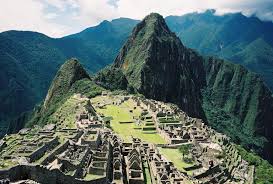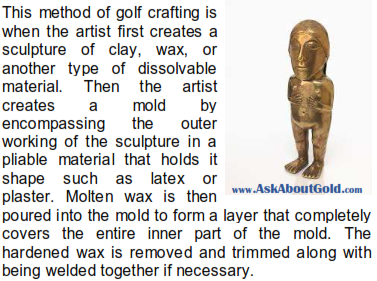Gold in the Ancient Times of Pre-Columbian Americas
A considerably large amount of gold was used in Latin America. The civilizations of Pre-Columbia held great respect for gold regardless of the fact they did not view its market value to be of any worth. The native population believed gold to be contained rays of the sun which are linked to a god in their religion. The main purposes of gold were for spirituality and adornment. Some tribes wore gold every day. Civilizations within Latin America including the Aztecs, the Mayas, and the Incas had amazing mastery of gold working through various techniques.

Precolumbian Times
The Pre-Columbian tribe of the Chibchan developed a method for working with gold still practiced today called lost-cast waxing. This technique is also called investment waxing. The process involves molding. The Pre-Columbians made several beautiful statues and figurines with this method of gold working and eventually learned to mold small golden figurines which could be used as a means of trade exchange.

Wax is then used to sprue or form passages for the molten metal to pour into the mold. The wax copy of the sculpture is dipped into silica and then dipped into a sand-like material creating a ceramic-like shell that is baked in a kiln. Baking hardens the silica while melting away the wax. The model is then tested with water. Molten gold is poured into the heated openings and permitted to cool. The shell is then hammered off and the sprue locations are cut off. The sculpture is then ready to be polished and put on display





